Evaluation of pumice as thermal insulation material in buildings:
Evaluation of Pumice as Thermal Insulation Material in Buildings: Pumice (bims) in buildings, indoor temperatures to keep the desired level of the desired temperature, external climatic conditions using the heating in the cooling process to provide energy savings, to solve environmental problems, reduce air pollution, and most importantly take measures of thermal insulation It is important. With the use of natural pumice (bims) raw materials in buildings, thermal insulation measures are used to protect the building elements from external influences. As the building physics fulfills the requirements, the structure comfort increases, moisture and mold problems are eliminated in the walls, the thermal stresses are kept at the minimum level in the carrier systems which maintain the structures, reduces the thermal loadings and decreases the operating costs. Pumice (bims) is light, porous and natural due to the use of thermal insulation materials in the country as a contribution to energy savings. TS must be complied with for thermal insulation in buildings. 825 rules are still not observed. In this study, it is aimed to investigate 'Pumice (pumice) as Thermal Insulation Material in Buildings'. Places where there should be thermal insulation in buildings; walls, slabs, roofs or ceilings, floors of the spaces (cantilever), the floor of the living space. TS in buildings. 825, Pumice (bims) can be used as insulation material to meet the requirements, the details should be considered by architects in the details of thermal insulation design, the details of the use of pumice (bims) in the structural elements that can meet the requirements of TS.825 have been developed and recommendations have been made.
Pumice is a volcanic material with a porous structure due to sudden cooling and sudden abrasion of gases during volcanism activities. Due to its porous nature, it has heat and Sound insulation properties. Sponge appearance, silicate based, the unit weight is generally less than 1 g / cm3, glassy texture is a material that shows the property.
Pumice (bims) is one of the lightest aggregates known to have been used in history and has been used since the Romans. Pumice (pumice) stone was formed by the entrapment of the gases formed during the cooling of the molten lava. Due to this hollow structure, the aggregate is hollow and therefore light. Pumice stone aggregate contains 75% cavity. The pumice stone has an amorphous structure.
Concretes produced with pumice stone aggregate can be used as concrete block for the purpose of heat insulation and sound absorption as well as light concrete wall panels. Pozzolans obtained by grinding the pumice stone can be used as cement additive. which is abundant in Turkey Pumice (BIMS) is also called or pumice. Pumice (bims) concrete elements, cement and water with the addition of pressure under pressure and are cured with vibrations produced by adding quartz sand when necessary materials. It is used in places where there is no more ground resistance due to its light weight, it can be used as a filler concrete where lightness is required. Pumice is different from perlite, which is one of the volcanic glassy rocks. Their color, porosity and lack of crystal water can be practically separated. For this, petrographic analysis is required. The chemical analysis values of pumice (bims) range from SiO2: 60-75, Al2O3: 13-17, Fe2O3: 1-3, CaO: 1-2, Na2O-K2O: 7-8.
Bimsbeton for thermal insulation; It can be used in terraces, roofs, factories, cold storages and structural elements that require heat insulation. 'TS. Despite the removal of 825 ', it is still determined that these rules are not followed. As a reason; heat insulating materials, petroleum origin, expensive and overseas dependence, not easy to provide the material in practice, the technical staff to do the exercise, and so on. The reasons are shown. However, pumice (bims) has a low unit volume weight, resistant to chemical effects, does not contain parasites, does not change the heat insulation function in short-acting temperatures, is not affected by water and moisture under normal conditions, without condensation problem, low cost, economical, non-flammable, odorless, heat It is a material with low conduction coefficient, which is obtained naturally and can be applied.
Isı yalıtım malzemesi olarak Pomza ( bims )nın yapılarda yaygın olarak kullanımı konusunda bugüne kadar yeterli bilimsel çalışmaların ve tanıtımların yapılmadığı görülmüştür. Yapılarda mimari projelerin hazırlanması aşamasında kullanılacak malzemeler ve detaylarda Pomza ( bims )nın kullanımını sağlamalıdır.
Thermal insulation measures are not taken in more than half of the buildings in Turkey. Most of the energy used to heat in non-insulated buildings especially in winter months is spent as lost heat. It is used as heat insulation material in the market and in APPLICATIONS, which is generally breathable, plastic based, organic based and inorganic based. The use of pumice (inorganic based materials) is not yet widespread. Especially the architects who design and prepare the architectural project do not have sufficient technical knowledge about the usability of such material. In this paper, it is explained that pumice (bims) can be used as plaster material in the structures and if they are used in walls, floors, ceilings or roofs according to TS 825, the thickness of them should be taken into consideration in the designs.
Using pumice as a building material on walls and plasters:If the material shown in Table 1 is used in the exit ceilings forming the boundary of a living space with the outside air, 0.32 m. should be. Material thickness was calculated for the 3rd climate zone.


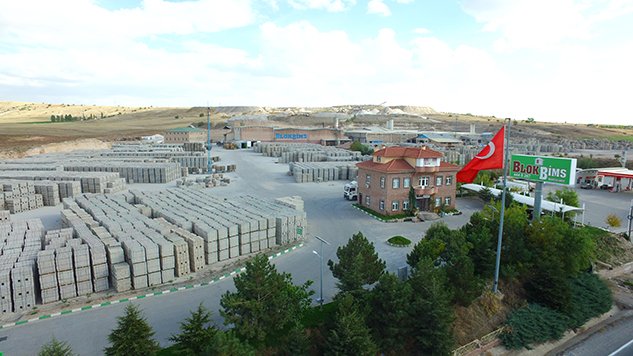
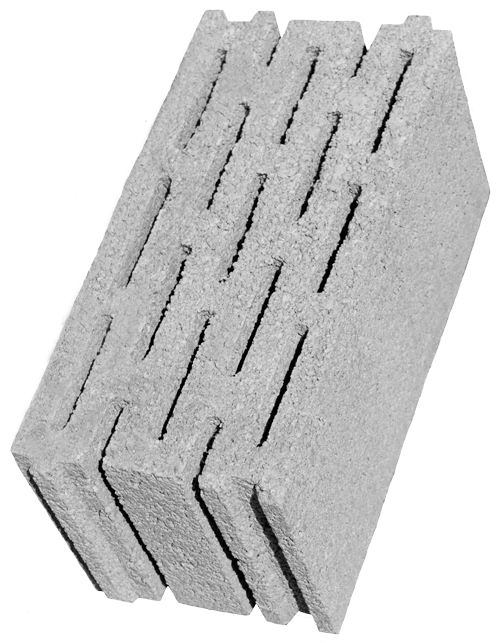
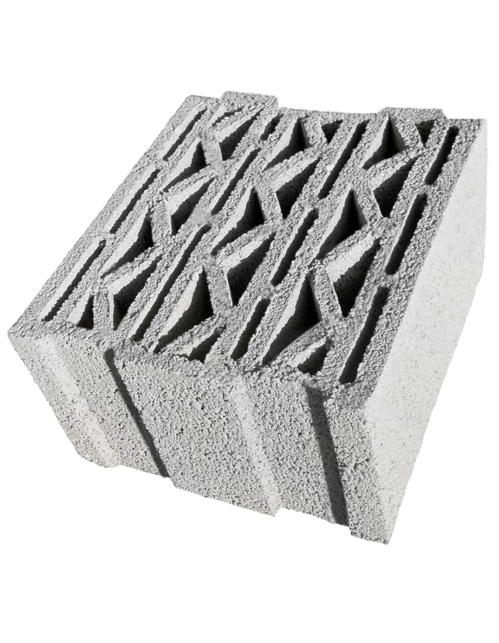
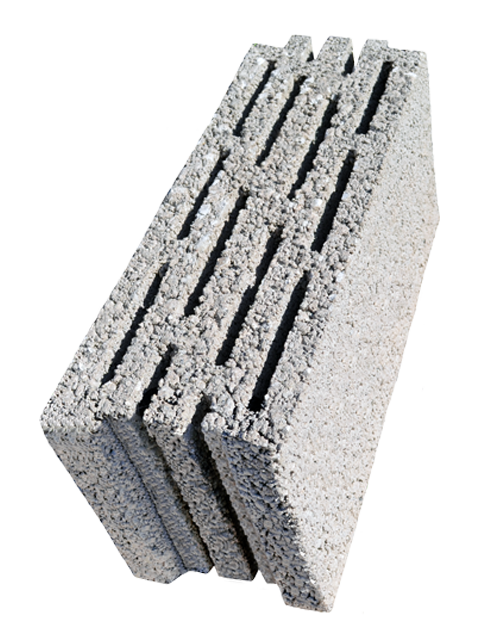
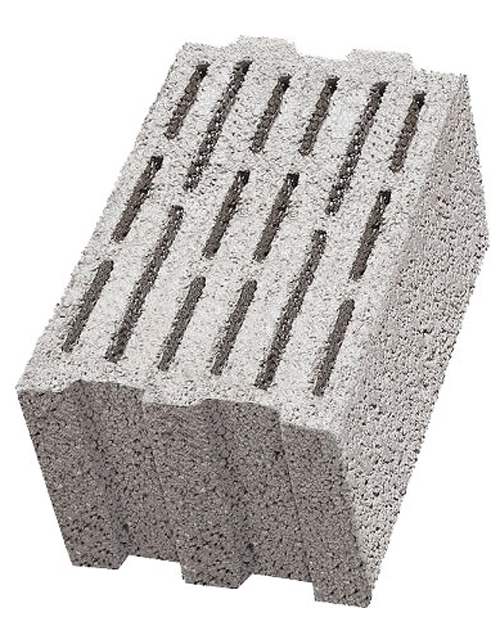
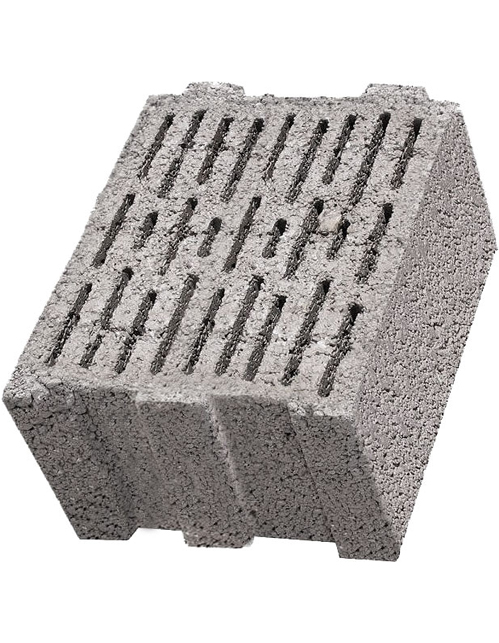
 organization. All rights reserved.
organization. All rights reserved.